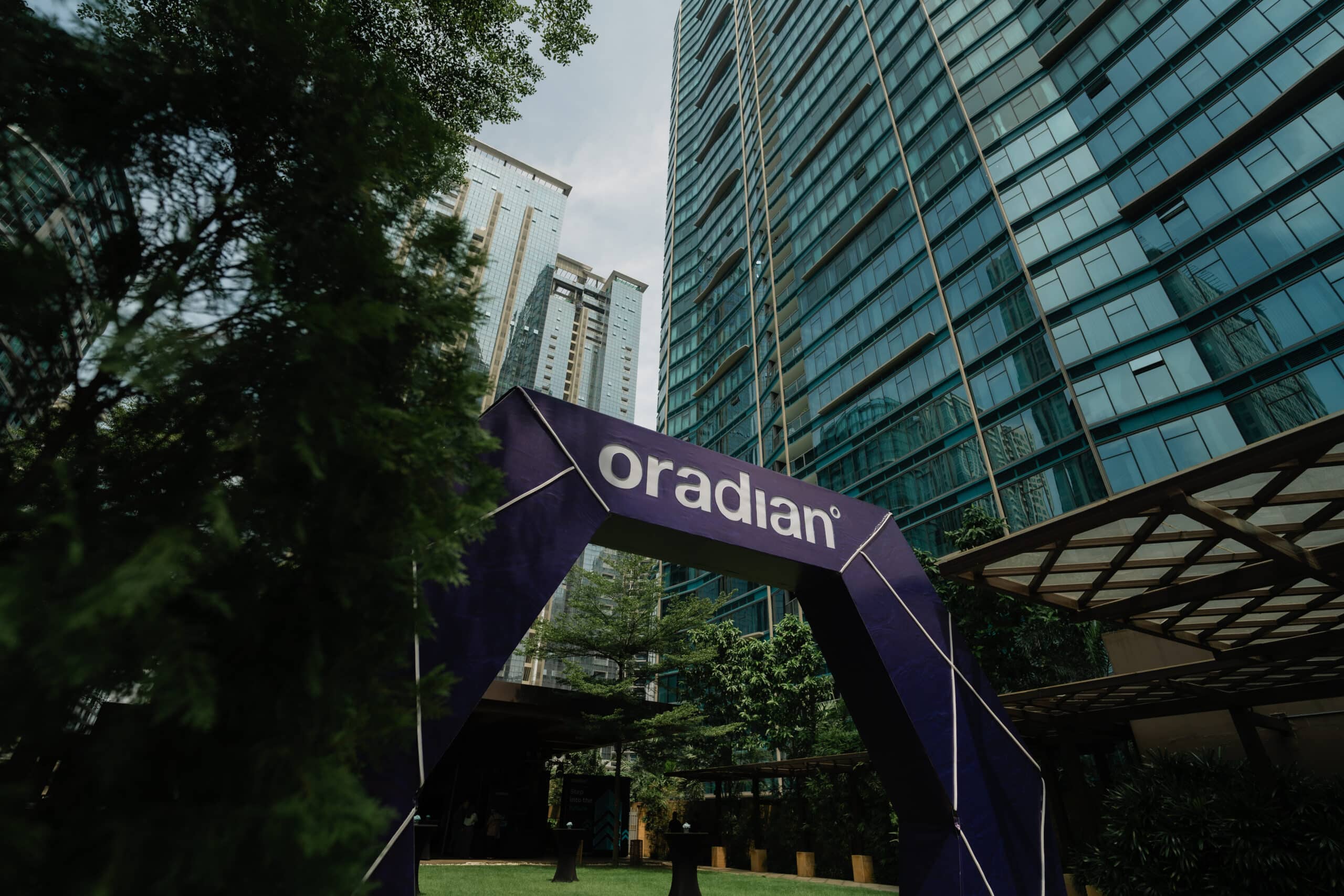Clouds on the horizon
On 1 November 2020, an exceptionally powerful cyclone hit the coast of the Philippines. Typhoon Goni – or Rolly as it was known locally – caused the deaths of at least 25 people and an estimated 295 million US dollars’ worth of damage to infrastructure, crops, and buildings. It also forced the evacuation of over one million people from their homes.
Few could have foreseen that another devastating typhoon would hit Luzon and Manila just eleven days later, bringing even more torrential rain, flooding, and property devastation. It caused immense damage and brought the economy of the capital city to a grinding halt.
Worse still, forecasters predicted that as many as three more typhoons would hit the nation before the end of the year.
For the people of the Philippines, the next six weeks seemed to bring nothing but dark clouds on the horizon. One cloud, though, promised something very different: the Oradian cloud.
Pioneers pave the way
It’s no secret that environmental hazards are not uncommon in the Philippines – it’s prone to earthquakes, typhoons, and flooding. But how does a bank protect itself against these risks?
Financial institutions like Cantilan Bank were pioneers when it came to answering that question. For them, the answer was to transition their core banking system to a cloud-based one. Although there are many advantages to the cloud, when faced with natural disasters, the major benefits are business continuity and insurance.
For Cantilan Bank, adopting the cloud wasn’t just a matter of becoming the third piglet that built a brick house to keep safe, this was about seriously futureproofing their business for generations to come.
Smart cost management
In August 2013, the Central Bank of the Philippines (BSP) issued regulations on managing IT risks in financial institutions. Known as Circular 808, this document provided the basic framework that every financial institution in the Philippines must follow.
When it comes to tackling the risks presented by geo-hazards, Circular 808 states that every rural bank using an on-premise core banking system needs to have not one but two IT data centres – a primary one and a disaster recovery one – in different physical locations.
Not only must these centres be earthquake-, typhoon-, flood-, and fire-proof, but in the event that the primary centre fails, the disaster recovery one must kick in within just a few seconds.
Very few rural banks can afford the capital expenditure connected with building, establishing, and maintaining such data centres. This is where cloud technology can help.
Oradian’s cloud banking system eliminates this expense. With all its servers located in Europe, far from the reach of natural disasters, there is no need to physically manage and protect data centres.
Tanya Hotchkiss, Executive Vice President of Cantilan Bank, knows only too well the benefits Oradian’s cloud banking system offers.
Securing your bank’s future with a strong long-term partner
With over 46 branches across 12 provinces in Mindanao and Visayas, Cantilan Bank now serves over a hundred underbanked communities. It was the first bank in the Philippines to get the BSP’s approval to use cloud-based core banking technology, and it chose Oradian as its strategic technology partner.
Since then, Cantilan has gone from strength to strength.
In a recent webinar, Hotchkiss explained in detail Cantilan Bank’s digital transformation journey – in particular how moving to Oradian’s cloud banking system means it is now not only more reliable and secure but has also cut its capital expenditure and expanded its network and services.
Hotchkiss expressed her confidence that, by forming its partnership with Oradian, Cantilan Bank has succeeded in making itself futureproof.
To find out how Oradian helped Cantilan Bank futureproof its business, watch this webinar now






